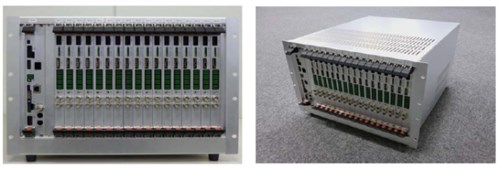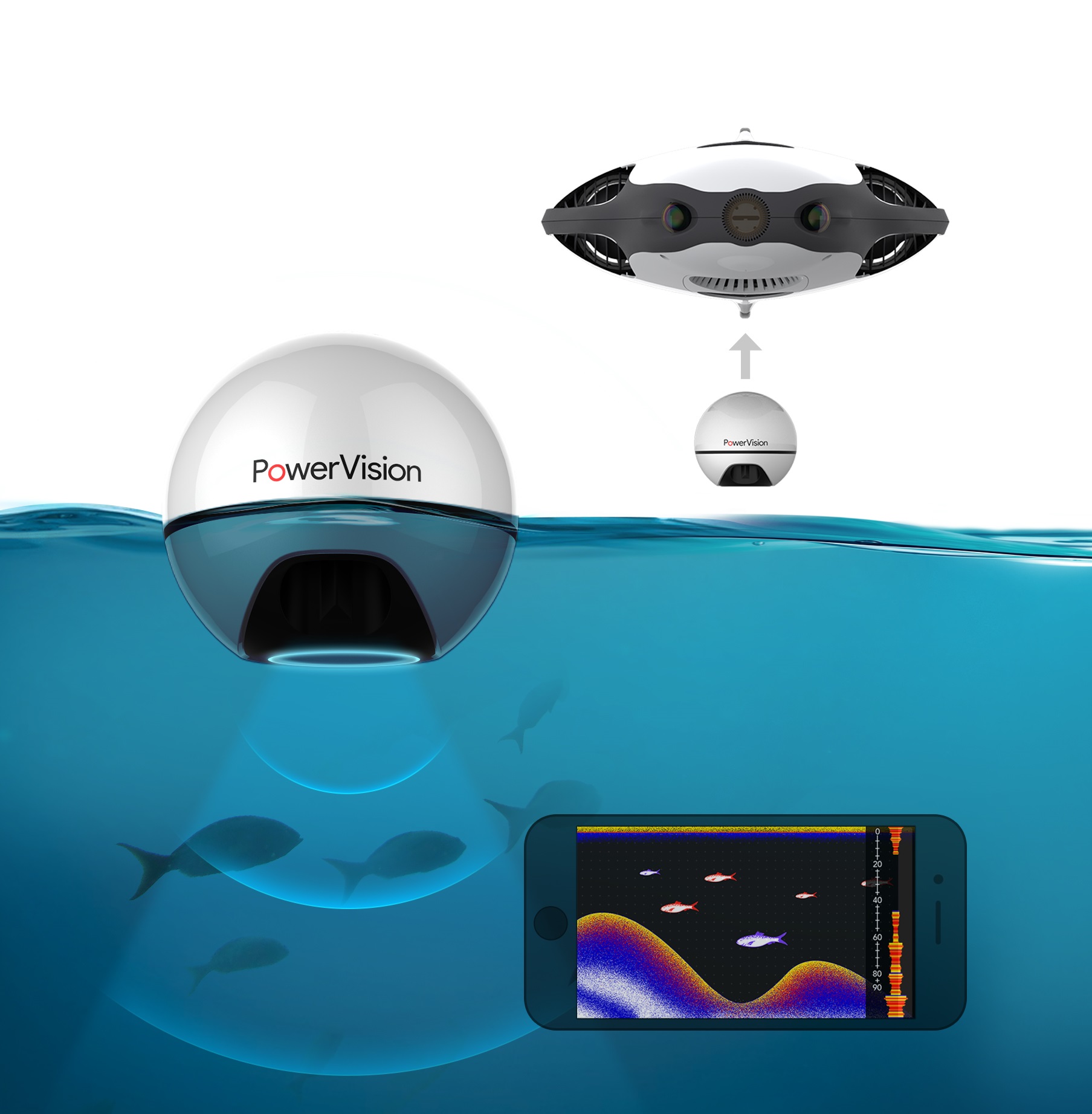TOKYO, May 9th 2013 - NHK (President: Masayuki Matsumoto) and Mitsubishi Electric Corporation (President & CEO: Kenichiro Yamanishi) have jointly developed the world’s first HEVC1) encoder for 8K ultra HDTV “Super Hi-Vision” (hereinafter referred to as “SHV”).
SHV is the broadcasting medium of the near future. It makes viewers feel like they are really at the heart of the action, with 16 times the number of HD pixels and a 22.2 multichannel surround sound experience.
HEVC is due to be recognized as an international standard this year. It offers about double the data compression of AVC2), and about four times that of the MPEG-2 standard currently employed for digital HDTV broadcasting.
The high-volume SHV images are divided into 17 horizontal rows. The parallel processing of these rows makes it possible to achieve real-time coding of SHV images. The deterioration of picture quality at the row boundaries has been lessened by having rows share data concerning the speed, direction, etc. of moving objects. (See Fig. 1)
NHK and Mitsubishi Electric Corporation are pursuing research and development of real-time coding of the 120 Hz frame frequency of SHV.
The HEVC encoder will be displayed at the NHK Science & Technology Research Laboratories Open House 2013, which will take place from May 30th to June 2nd.

Fig. 2 HEVC encoder (w 431 x d 496 x h 312 mm)
Features of HEVC
Video coding technology divides a frame into small blocks referred to as macroblocks. The prediction and transformation coding of the images is conducted in each block. HEVC offers variable blocks that can handle up to 64x64 pixels, changing the size according to texture, while AVC has relied on a fixed macroblock size of 16x16 pixels. It achieves both high compression and high resolution.
Features of the HEVC encoder
The SHV screen is divided in 17 rows made up of 7,680 x 256 pixels. The coding in each of the rows is processed simultaneously. Data in each row is shared with the row immediately above and below, thereby lessening the deterioration in picture quality that occurs at the row boundaries.
1) HEVC (High-Efficiency Video Coding):
MPEG-H HEVC/H.265. A video coding standard currently under joint standardization project of the ISO/IEC (International Organization for Standardization / International Electrotechnical Commission) and the ITU (International Telecommunication Union).
2) AVC (Advanced Video Coding):
MPEG-4 AVC/H.264. A video coding standard developed by the ISO/IEC and the ITU. It provides about double the video compression of the current MPEG-2 standard for digital HDTV.















